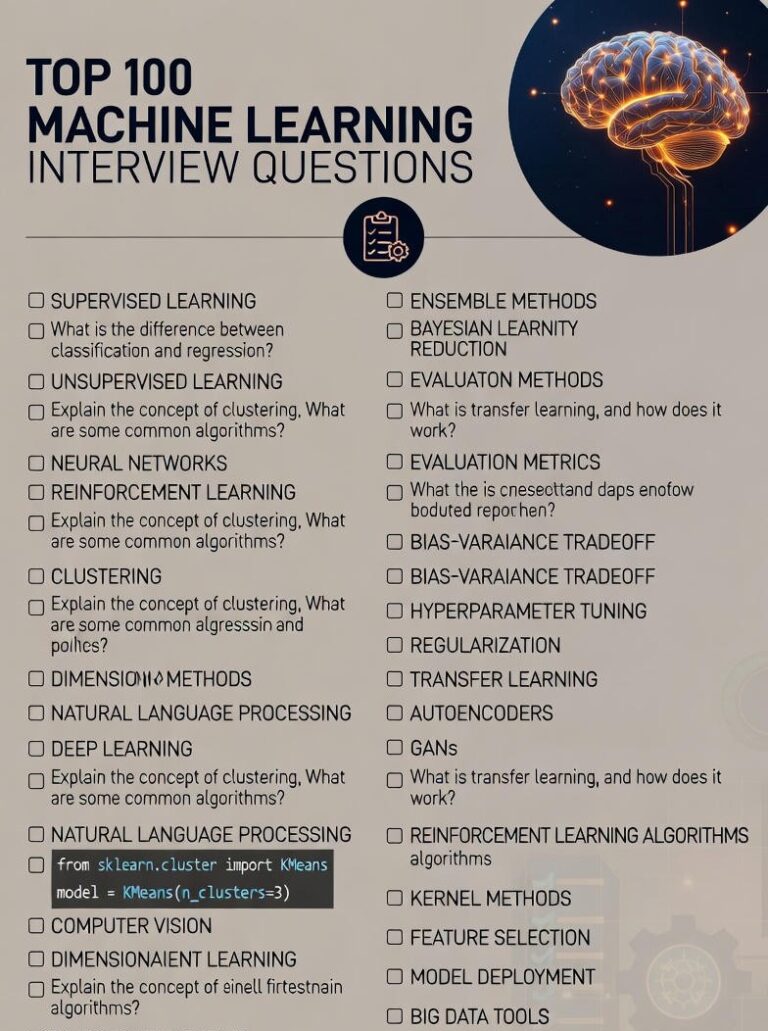
Lack of Data Availability in Machine Learning Projects: Causes, Challenges, and Solutions
Meta Description:
Learn how lack of data availability impacts machine learning projects. Explore causes, real-world examples, and proven mitigation strategies to handle missing or inaccessible data effectively.
🧠 Introduction
Data is the fuel of machine learning — without it, even the most powerful algorithms cannot function. However, one of the most common challenges faced by data scientists and AI teams is the lack of data availability. This limitation can make projects infeasible, delay progress, or result in inaccurate outcomes.
In this blog, we’ll explore what data availability means, why it’s critical, the reasons for its absence, real-world examples, and effective strategies to overcome it.
🔍 What Does “Lack of Data Availability” Mean?
Data availability refers to whether the required data exists and can be accessed for solving a given problem.
When we say there’s a lack of data availability, it means one or more of the following issues exist:
- The organization does not collect the needed data at all.
- Data exists but is not accessible due to privacy, security, or proprietary restrictions.
- The available data is insufficient, incomplete, or outdated.
Without sufficient data, machine learning models cannot learn patterns or make accurate predictions.
⚠️ Why Data Availability Matters in Machine Learning
Machine learning models learn by analyzing patterns in large datasets. If data is missing or inaccessible:
- The model cannot be trained properly.
- Predictions may become unreliable or biased.
- The project timeline and budget can be severely impacted.
- Decision-making becomes risky and uncertain.
🧩 Example: Hospital Readmission Prediction
Imagine a healthcare organization wants to build a model that predicts whether a patient is likely to be readmitted within 30 days of discharge.
However:
- The hospital doesn’t have digitized patient records.
- Access to patient data is restricted due to privacy laws like HIPAA.
- Historical data is scattered across multiple systems.
In such a case, the lack of accessible and consistent data makes it nearly impossible to train an accurate predictive model.
🔒 Common Reasons for Lack of Data Availability
Here are some major causes that restrict data access or collection:
- Privacy and Legal Restrictions:
Laws such as GDPR or HIPAA restrict sharing or using personal data without consent. - Proprietary or Confidential Data:
Some data is owned by third parties or protected by NDAs, making it inaccessible. - Poor Data Collection Systems:
Many organizations still rely on manual or outdated processes without proper data storage. - Data Silos:
Departments may collect data independently without central integration, creating isolated silos. - High Data Costs:
Some industries require purchasing data from vendors, which can be expensive for startups. - Lack of Historical Data:
For new businesses or recently launched products, sufficient past data might not yet exist.
🧰 Mitigation Strategies to Handle Data Unavailability
Even if data is missing, there are practical ways to address the issue.
1. Conduct a Data Inventory
Perform a data audit to identify what information is already available within your organization. Categorize it by source, quality, and accessibility.
2. Explore External and Public Datasets
Use open data sources like:
- Kaggle Datasets
- UCI Machine Learning Repository
- Google Dataset Search
- Government or research databases
These can often supplement internal datasets.
3. Leverage Synthetic Data Generation
When real data is limited or private, use synthetic data — artificially generated data that mimics real-world patterns.
Tools like SDV (Synthetic Data Vault) or GPT-based generators can create safe and scalable datasets.
4. Implement Data Partnerships
Collaborate with other organizations or academic institutions to share anonymized datasets responsibly.
5. Improve Data Collection Infrastructure
Invest in better data pipelines, cloud storage, and ETL (Extract-Transform-Load) systems to ensure continuous data flow for future use.







